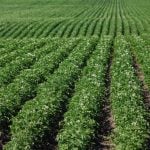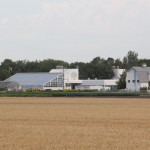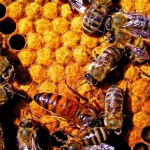RATIONS | Did the U.S. practice of feeding chicken litter contribute to the bovine flu outbreak?
Commonly known as bird flu, avian influenza A has crossed the boundaries from the chicken barn to the dairy farm and from there to a human in the United States. This is a serious virus that has infected poultry in 50 American states since 2022. The person infected in April is the second U.S. human[...]











